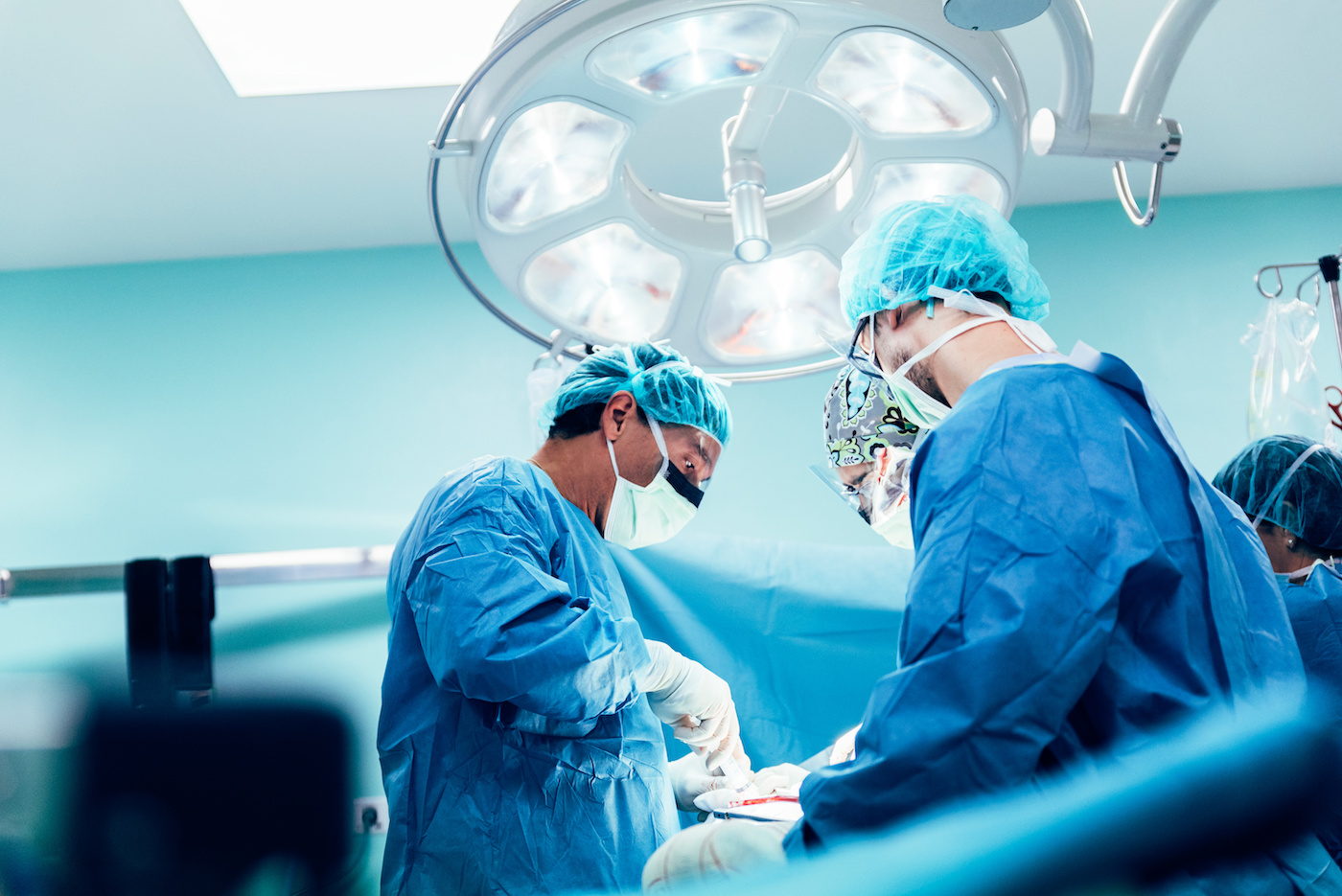The instant corollary for back and neck pain is aging. So why not manage both?
While my surgical specialty is treating spinal disorders, I added aging management medicine for the sake of benefitting many of my patients who need help in both areas. From the perspective of my regular treatment practice, aging management complements treating back and neck pain. So, if we are genuinely proactive, why not take a preventative approach to maintain a healthy, functional spine?
In this mode, my focus is on helping my patients maintain their energy levels so that they can keep as much of their natural movement as possible. For instance, along with good bone health comes muscle health which I believe leads to active mentation as we age. Therefore, the goal of aging management is to modulate the process of aging before physical condition degenerates to the point where it is irreversible.
I begin with disease screening. You may not have any outward signs of disease, but what better time to scan for potential problems than when you’re healthy? We will also examine your body to give us a benchmark of your body mass (fat, water, bone, and muscle), and review your blood work. All of this will aid our evaluation of your exercise potential and nutritional needs. A full scan of your body will give us the intelligence we need to begin a comprehensive aging management program. We will also scan your bones for early signs of osteoporosis (weakness in bone mass).
We will look into your nutritional profile and ensure healthy choices of protein and low sugar-added foods. I do not like to use the word “diet” because the image conjures packaged drinks and meals. The focus here is on making sensible choices. Patients often see an increase in food intake rather than a decrease. If you cut food to lose weight, you also tend to lower the metabolic rate, which is not conducive for a comprehensive approach. A nutritionist will evaluate you and recommend food choices that support other aspects of the treatment plan.
Expect a recommendation to cut sugar intake. Sugar appears to be one of the leading causes of inflammation, illness, weight gain, lipid disorders, and early onset diabetes. An imbalance in sugar intake affects people of all ages. Children that we see have attention deficit diagnoses as well as poor health and obesity. I believe that the effect of sugar on older adults can be just as bad, or even worse. And of course, there will always be a recommendation for a higher intake of water—one of the best ways to control weight and maintain good health.
Along with nutrition comes fitness. Exercise programs are critical for the function of the spine. If we want to maintain mobility, we need to keep moving. If surgery is recommended, then you’ll have a pre and postoperative fitness plan to build strength, regain nerve function, rebuild range of motion, and create supportive musculature around the spine. Strengthening the muscles around the spine tends to relieve of a lot of different stresses. Exercise can also change the alignment of the spine and lessen pain, improve function and lifestyle. Another benefit of fitness is that you will burn fat, build lean body muscle mass, and maintain excellent bone health.
Stop now if you imagine endless hours on a treadmill. The best approach to fitness is one that optimizes exercise activity just enough to improve the basal metabolic rate so that you increase caloric burn hours after the workout. An optimized exercise program may also naturally raise growth hormone levels and testosterone levels.
There’s no need to work hard and long just to target good cardiovascular outcomes. The latest research suggests that high-intensity interval training at approximately five intervals should not take more than 22 to 25 minutes. Data indicate that natural growth hormone production occurs with high-intensity interval training and anaerobic interval exercise. It can also help increase testosterone levels in men and women slightly, and again this enables to increase muscle mass and fat burn.
Maintain an exercise program like this for about two to three months and watch your metabolic rate soar. You’ll burn more fat for a more extended period than doing a long one-hour or one and a half hour continuous exercise. That’s why you’ll rarely see a treadmill in one of my programs.
Lastly, is a program of biologically intelligent supplements and hormone replacement if indicated in the patient assessment. This portion of the program is highly specialized to each patient. The prescribed treatment will give patients an additional foundation for the body to support their unique health goals.
It is important to remember that supplements do not replace proper nutrition and fitness. The aim is to boost our efforts to control the process of aging and give the body additional resources to maintain a healthy, functional, mobile and active life. For instance, bone health can be improved with regular intake of vitamin D, with a bone supplement, which contains calcium, magnesium, and zinc with some vitamin K added for absorption. Other supplements can enhance cardiac status, encourage a higher metabolic rate, and speed production of hormones that aid in postoperative recovery.
Hormone replacement can aid spine health, especially for male patients over 40 and women over 50. Again, if indicated, I may prescribe hormone therapies to increase your body’s ability to build up bone mass and prevent osteoporotic fracture. Hormone replacement can also elevate your body’s natural healing processes during postoperative recovery and secondarily, burn more fat and encourage greater muscle mass from exercise.
I have found among my patients that a holistic approach as I have described produces excellent patient outcomes. Some of my patients do so well with the presurgical program that they can push off surgery (e.g., artificial disc replacement) indefinitely.






